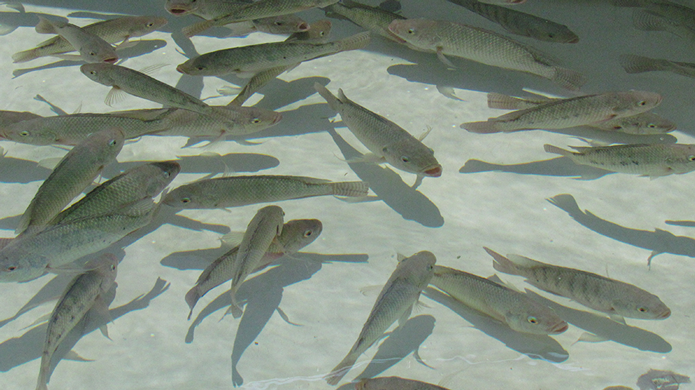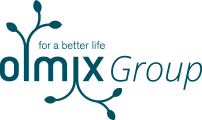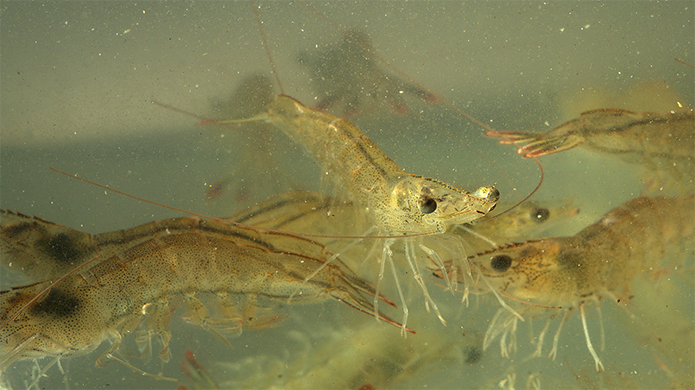The aquaculture sector long believed mycotoxins were a “livestock problem”, however due to the continuous development of aquaculture and the nutritional benefits of the species produced, this sector has become more and more important in providing food for humans. To ensure a continuous growth of aquaculture output and to increase its sustainability, there is an increasing trend to use plant-based ingredients as partial or complete replacement of fishmeal and fish oil in aquafeed formulations. Consequently, the mycotoxin risk in aquaculture production is increasing.
More and more data is being published to describe the effects mycotoxins have on fish and shrimp, describing a wide variety of symptoms and responses. This heterogeneity is due to species sensitivity, life stage, nutritional and health status of the animals, environmental conditions and method of intoxication used in trials. These studies led to the estimation of mycotoxin levels considered harmful for aquaculture species, from which stem the EU regulation (aflatoxins) and guidelines (DON and FUM) for mycotoxin contamination in aquafeeds.

Mycotoxin management is becoming a priority in aquaculture.

